
Nintendo Satellaview’s Top 5 Japan-Exclusive Games
Lost series entries: Zelda, Fire Emblem, F-Zero, and Advance Wars
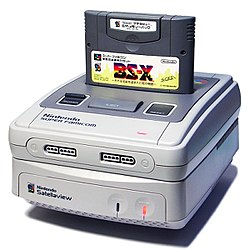
In 1995, Nintendo released the Satellaview — also known as the BSX — exclusively in Japan. The BSX was a bizarre add-on for the Super Famicom (SNES in the West) that enabled its network subscribers to play Nintendo games at specific times each day. Some games were only broadcast via satellite during a single afternoon, then never made available again. So you had to keep on your toes, or else you might miss your chance to play the new Zelda game. Luckily, magazines like Famitsu kept Nintendo fans informed of the BSX broadcast schedule a few weeks in advance.
A Brief Introduction
The Satellaview library boasted original games, ports, and remakes, all of which were free to play. But the system itself cost about $150 US and required additional costly hardware to receive daily satellite broadcasts. Not to mention the monthly subscription fees, which were pretty hefty as well. Rather than a Netflix-style menu to choose downloadable titles from, the UI was a “town whose name was stolen.” In this town, your character could enter various buildings and chat with NPCs in order to initiate broadcasts. Broadcasts typically lasted for just a single hour, and many Satellaview games could only be played during that brief broadcast window.
The more you learn about the Satellaview, the more you realize how bizarre a concept the Satellaview really was. But as strange and inconvenient as it was — especially by today’s standards — the Satellaview was the only system where could play some of the rarest entries in several classic Nintendo franchises.
So in no particular order, here are the top 5:

BS The Legend of Zelda
Undoubtedly the most famous Satellaview exclusive, BS Zelda was a remake of the original NES Zelda game with updated SNES-level graphics and a new protagonist, the Hero of Light. Unlike previous games Zelda games, BS Zelda allowed the player to choose whether its hero was male or female.
The overworld of the NES original was remixed and the game took place on an 8×8 size map, compared to the original’s 16×8 map. BS Zelda’s temples were all remixed as well, similar to what we saw seven years later with Ocarina of Time: Masterquest.
Like many Satellaview games, BS Zelda was released episodically over the course of four weeks and played live, with a real time clock displayed in the corner of the screen. At specific times, certain events would occur. All enemies onscreen might die, or Link would receive a temporary upgrade, or the game might pause for 30 seconds while a voice-recording offered the player hints. Yes, it was a very strange time to be a Nintendo fan in Japan.

Super Famicom Wars
The fourth game in the Wars series. It wasn’t until the series’ seventh installment that it would make its way to the West, where it was retitled Advance Wars.
Super Advance Wars sported quite a few differences compared to most of the other Wars games. There were several units that weren’t utilized in any other Wars entry, like the Assault Fighter and the Rail Turtle. There were also more terrain types, including railways and lakes. The game even had a mechanic that allowed units to level up — a feature that only returned to the series in its final installment, 2008’s Advance Wars 4 on DS (titled Days of Ruin in the US, and Dark Conflict in Europe and Australia).
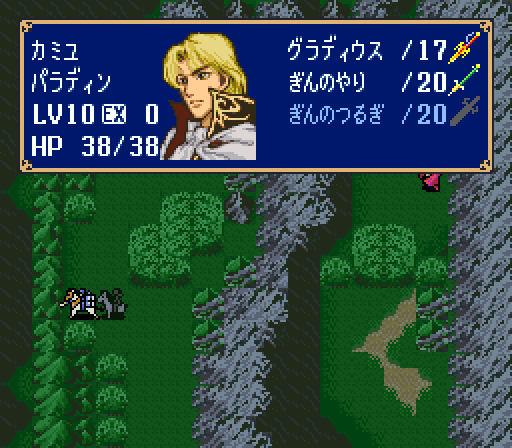
BS Fire Emblem: Archanea Saga
Archanea Saga couldn’t be called a sequel, nor could it be called a prequel. The game’s story actually takes place during the events of the original Fire Emblem game, as a sort of side story. The original Fire Emblem game of course, is 1990’s Shadow Dragon and the Blade of Light on Famicom, the first of eight Japan-exclusive Fire Emblem titles.
The game was made up of just 4 super-difficult stages, which were released episodically one week at a time. Each episode had to be completed on a time limit before the broadcast ceased transmission. Your goal was to score as many points as possible, which could be achieved by opening chests, visiting villages, and striking down enemies.
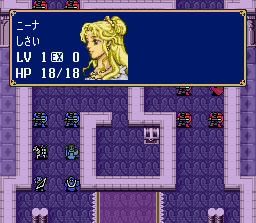
Archanea Saga’s four stages were remade without time limits, and included as bonus content in 2010’s Fire Emblem: New Mystery of the Emblem on Nintendo DS. But unfortunately, that game was a Japanese exclusive as well — the only game in the series not to receive an international release since 2002’s The Binding Blade (our article on The Binding Blade can be read here).
Strangely, Archanea Saga seems to be a Fire Emblem game that’s been almost completely forgotten by the series’ fanbase, who often state that the first six Fire Emblem games were only released in Japan — forgetting to include Archanea Saga, which would bring that count to seven. In order to shed some light on Archanea Saga, our YouTube channel will be uploading an episode featuring everything you’d ever want to know about Archanea Saga sometime in 2019. So if you’re interested in seeing the game in action, consider subscribing.
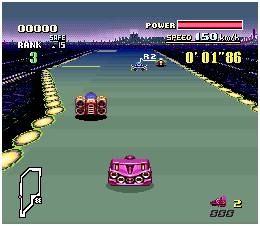
BS F-Zero Grand Prix
BS F-Zero Grand Prix was a remake of F-Zero: Grand Prix on the Super Nintendo. The game was released in four weekly episodes, with each episode containing one League. A League was made up of five racetracks, sort of like a Grand Prix in Mario Kart. Four of these five racetracks were recycled from the SNES original, but the fifth and final track of each League was brand new. In addition to the four new tracks, BS F-Zero also contained four new racers: Blue Thunder, Luna Bomber, Green Amazone, and Fire Scorpion. None of these racers ever re-appeared in any future F-Zero titles.
BS F-Zero Grand Prix was followed with BS F-Zero Grand Prix 2 the following year, which offered even more brand new content. Both BS F-Zero’s had the capability to share a player’s high scores online, on what today we would call leaderboards.

BS Zelda: Ancient Stone Tablets
Not as ambitious or well known as its legendary predecessor, Ancient Stone Tablets was a direct sequel to A Link to the Past on SNES. Just like the first BS Zelda, Ancient Stone tablets starred the Hero of Light rather than Link. The game was first broadcast six years after ALttP’s original release in Japan, and its story takes place six years after ALttP as well.
Ancient Stone Tablets takes place in the same Hyrule as ALttP. Unfortunately, like so many other Satellaview titles, AST was divided up into four episodes that each had to be finished in just one hour. Each episode expected the player to complete two dungeons, acquire two stone tablets, and if time permitted, hunt for hidden secrets in the overworld. If your time ran out in the middle of a dungeon, at the start of the following week, you’d find yourself outside the dungeon’s entrance. An NPC would present you with the treasures you collected inside, but you were unable to return to earlier dungeons. You didn’t really have time to look back anyway — you had to hurry to complete this week’s objectives.
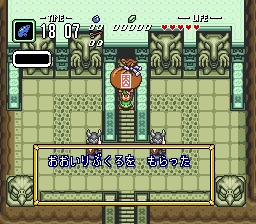
Ancient Stone Tablets was the birthplace of several concepts that would later make a return in future Zelda titles. AST was the first game in which you could rent items rather than permanently acquire them in dungeons. This mechanic was later reused in A Link Between Worlds. Majora’s Mask — which released three years after AST’s first broadcast — also drew inspiration from AST’s time limits, though in a manner that was much more playable. AST even contained events that happen in real-time — like NPCs moving around and occasionally needing to be rescued at specific times. Sound familiar? Arguably, Majora’s Mask never could never have happened if Ancient Stone Tablets hadn’t come first.
Will these games ever get re-released?
These five games would all be a real treat to play, even if it meant putting up with their insufferable time limits. But what would be even better, is if Nintendo translated and re-released these games on the Switch e-Shop without time limits.
But to be honest, that seems pretty unlikely — but hey, a doctor can dream. If you had to pick just one of these five games for re-release on Switch, which one would it be? Let us know in the comments.
Related articles:
• Full Coverage: 2002’s Fire Embem 6, a Japan-Exclusive
• Breath of the Wild Scrapped Concept Art
• The Story of Gunpei Yokoi, Shigeru Miyamoto’s Mentor